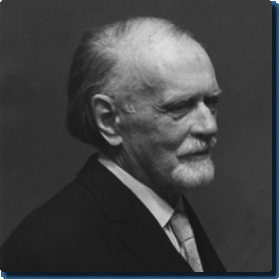 |
|

Along with Béla Bartók, Zoltán Kodály (born 1882) is one of the two major figures in Hungarian music in the twentieth century.
He was a great believer in the human voice and the ability of everyone to make music. As such, a great deal of his music is vocal or choral. He wrote little for solo piano, and what he did write seems to be rarely performed by anyone except Hungarian pianists.
The influence of Debussy and Ravel is strongly felt in his Nine Pieces Op 3, the Méditation being built on a theme from Debussy's string quartet (he spent some months in Paris, where he attended Widor’s lectures). However, Kodály's friendship with Bartók and interest in folk music also worked their way into his music. The earlier 'Nine Pieces' is also more improvisatory in sound, while the 'Seven Pieces' is a more structurally and pianistically mature set with a fuller use of the tonal colors of the instrument.
Kodály’s authority as a musical pedagogue is almost as high as his reputation as a composer. The ‘Kodály method’ he developed exploits the natural musicality of children and their pleasure in performance, and has become a commonplace of music teaching all around the world.
He retired from teaching in 1942 and died in Budapest in 1967, one of the most respected and well known figures in the Hungarian arts.
Kodály
Excerpt from 'Székely Lament' (Seven Pieces Op 11)
SOMM CD
Nicola Meecham |